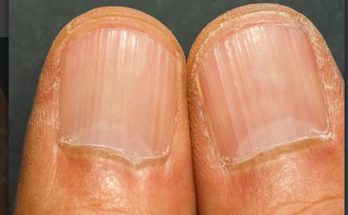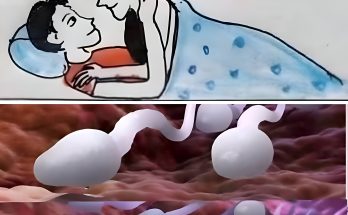Nobody Talks About This: What Really Happens to the Penis as Men Age
In a world where youth and virility are often glorified, the natural changes that occur in the male body with age—especially those involving the penis—are rarely discussed openly. While discussions around menopause and female aging have gained more attention in recent years, male aging, particularly in terms of sexual health and genital anatomy, often remains hidden in whispers, if addressed at all. But the truth is: the penis of older men does change, and understanding these changes is crucial for promoting awareness, acceptance, and healthy aging.
The Biological Reality of Aging
As men age, their bodies undergo a variety of changes—decreased muscle mass, slower metabolism, graying hair, and reduced hormone production. One of the most significant hormonal changes is a gradual drop in testosterone, known as andropause or “male menopause.” Testosterone affects not just libido, but also the size, function, and appearance of the penis.
So, what actually happens to the penis as men grow older?
1. Size and Appearance
It’s a myth that the penis “shrinks” dramatically with age, but there are subtle, gradual changes. Due to reduced blood flow, loss of elasticity, and fat accumulation in the lower abdomen, the penis may appear shorter or smaller. This is usually not due to actual loss of tissue, but rather changes in the surrounding areas and erectile quality.
Additionally, as men age, the penis may take on a slightly different color or develop curvature due to conditions like Peyronie’s disease, which causes fibrous scar tissue.
2. Erectile Function
One of the more noticeable changes is the decrease in the firmness and frequency of erections. Erections in older men may take longer to achieve, be less rigid, and require more direct stimulation. This is largely because of both declining testosterone and decreased blood vessel elasticity.
However, it’s important to note that this is normal. Erectile dysfunction (ED) is not a disease but a symptom that may result from physical or emotional changes, often associated with aging, medications, or chronic conditions like diabetes and high blood pressure.
3. Sensitivity and Orgasm
With age, sensitivity in the penis can decrease, meaning it may take longer to achieve orgasm, and the intensity of climax may be reduced. Ejaculate volume also typically decreases. While these changes can be surprising or concerning for some men, they’re not necessarily signs of a problem—just the body adjusting over time.
4. Aesthetic and Structural Changes
Another topic rarely discussed is the change in pubic hair patterns, scrotal skin elasticity, and even testicle positioning. The scrotum may hang lower due to reduced muscle tone. Some men experience a retractile penis, where the penis withdraws closer to the body in certain conditions, especially in colder temperatures or with excess abdominal fat.
5. Psychological Impact
Because male virility has long been tied to identity, these natural changes can lead to anxiety, shame, or a sense of loss. The societal silence surrounding these topics only amplifies the issue, making men feel isolated or broken when what they’re experiencing is completely natural.
Destigmatizing Male Aging
The lack of open conversation does a disservice to men and their partners. Aging should not be equated with decline, but with evolution. Many older men report more satisfying, emotionally connected sex lives as they age, especially when intimacy is redefined beyond just intercourse.
Health professionals recommend regular check-ups, a healthy lifestyle, and honest communication with partners. Treatments such as testosterone therapy, pelvic floor exercises, or even counseling can help men feel empowered rather than diminished.
Conclusion
Nobody talks about this—but they should. The penis of older men does change, yes—but so does every part of the human body with age. These changes are natural, not shameful. By shedding light on the topic, we can normalize the conversation, promote self-acceptance, and encourage healthier relationships—both physically and emotionally.



